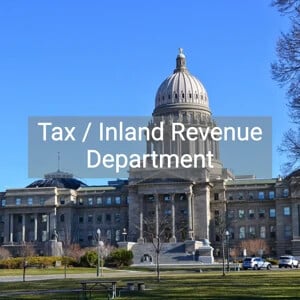Provident Fund


Retirement plans worldwide generally fall into two categories: provident funds and pension funds. People are often confused by these two plans, thinking a provident fund is just another name for a pension fund. This cannot be further from the truth.
Provident funds are defined contribution plans to provide employees with a one-time payment when they leave (in some cases, the employees may also opt for monthly payments and/or a lump sum payment). As the name suggested, defined contribution plans are based on the contributions of the employer and the employee. This is different from pension funds, which are defined benefit plans that have both a one-time payment component and a monthly payment component. In the case of pension funds, the benefits are generally fixed on a monthly basis as a portion of the participant’s income before retirement.
Provident funds are generally government-sanctioned schemes and are used in many Asian countries. They are usually compulsory, often implemented through taxes, and jointly funded by employers and employees. Provident funds allow employees and employers to contribute and invest funds for a certain period in preparation for retirement. Generally, the employees’ contributions are immediately vested, whereas the employers’ contributions may vest gradually over a number of years.
The government would usually have drawn up withdrawal rules, including the minimum age for withdrawal and procedures for withdrawal. If a participant leaves the company before the retirement age, he/she can take the cash balance of the plan as a sum of money and roll it into a provident fund of the next employer or personal retirement account. If a participant dies, their surviving spouse and dependents can continue to receive the payments.
Provident funds are generally centrally managed by the government to keep costs low (e.g. Singapore). In places where management has been outsourced to private managers (e.g. Hong Kong), returns are significantly eroded by high management fees and the final benefits are generally insufficient to support retirements. Provident fund members can choose to receive a portion of retirement benefits when they retire. The remaining benefits are paid monthly.
Pension funds, also known as defined benefit plans, are provided by employers and governments for future benefits for workers. These funds are invested on behalf of employees, and the proceeds from the investment will be used to pay for the living expenses of employees after retirement. Pension funds provide participants with retirement benefits equivalent to a portion of their work income and do not depend on the amount of employees’ contribution or the rate of return of the investment.
Unlike provident funds, pension funds are usually managed by the employers (or governments if they are the employers). As there are frequent shortfalls between the investment returns of pension funds and the benefits provided, defined benefit plans are more costly for employers than defined contribution plans. In recent years, most employers have significantly reduced or eliminated them.In most cases, one will need to stay on the job for several years (usually five years) for the full pension to kick in. Pension is calculated based on a formula that takes into account the hours of work and the average salary in the last few years before retirement. The pension amount is credited into the participant’s account as a percentage of the salary each year.
Some employers allow individual participants to choose between a provident fund and a pension fund. In most cases, participants would choose a pension fund since the contributions and investment returns form a provident fund is often insufficient to live a comfortable life after retirement.
That said, there are certain benefits of a provident fund. It provides greater payment flexibility and can be carried to another account. In addition, although the tax treatment varies from place to place, payments and withdrawals from provident funds are usually tax-exempt, whereas pension funds are generally subject to tax.






Not the right document?
Don’t worry, we have thousands of documents for you to choose from: